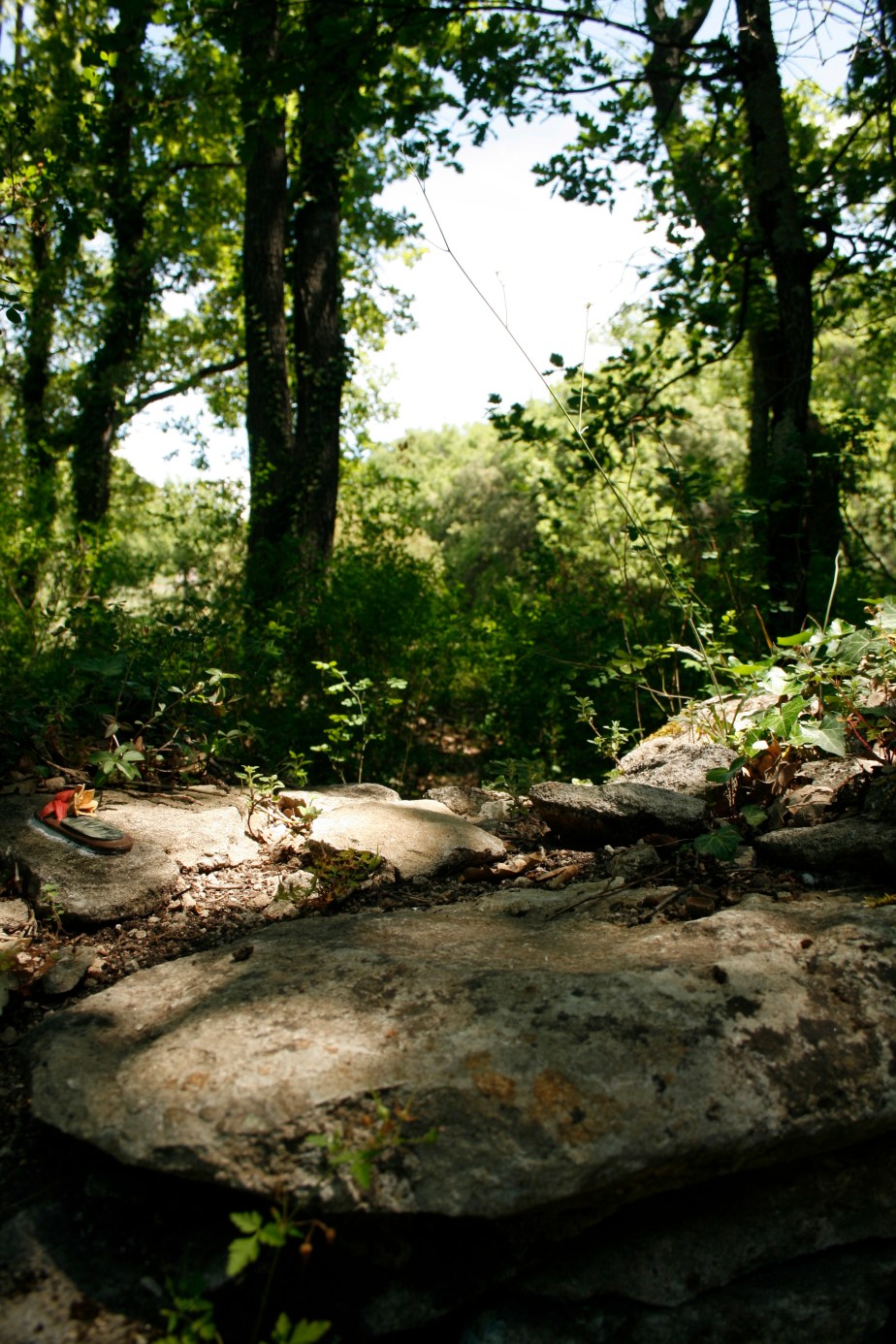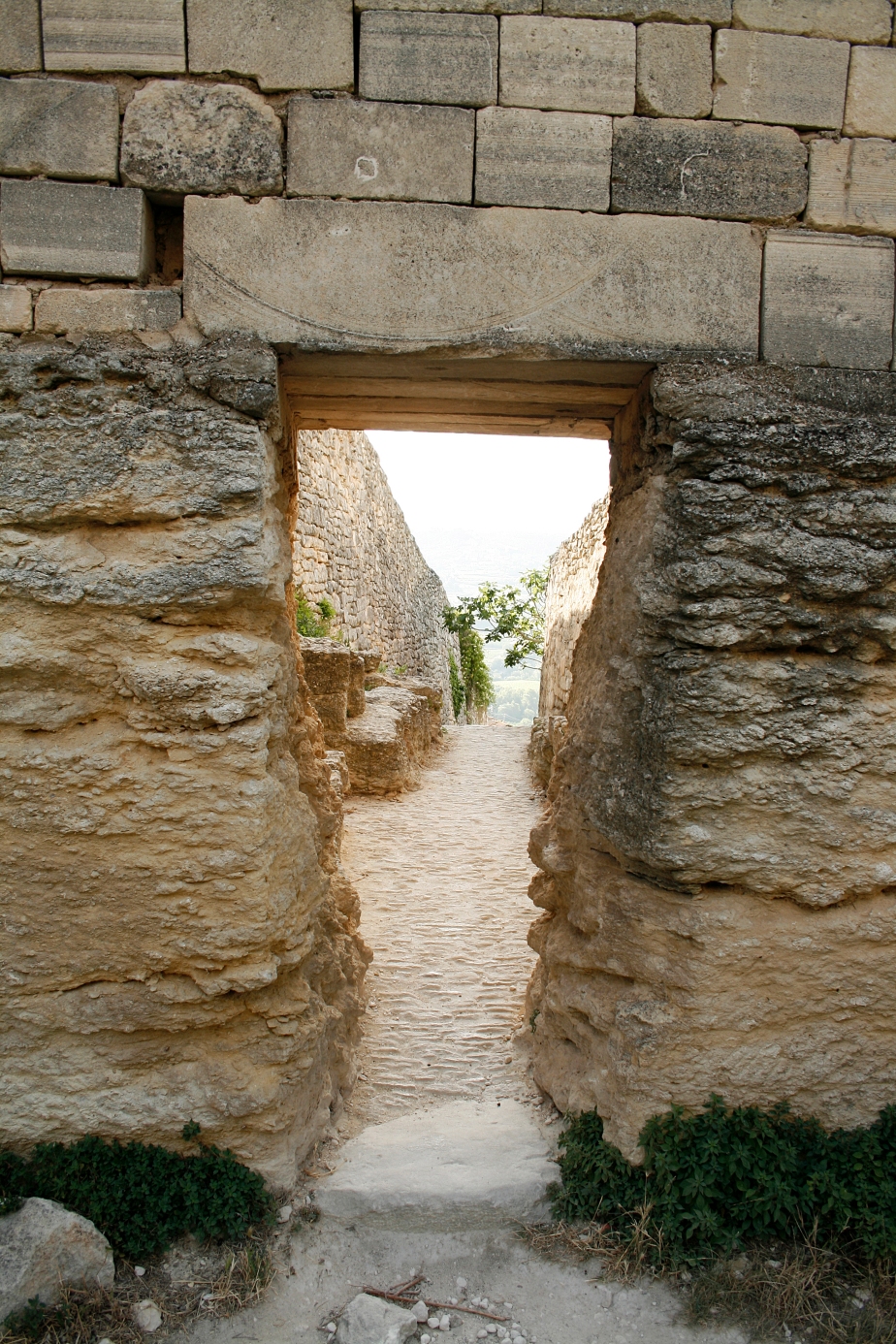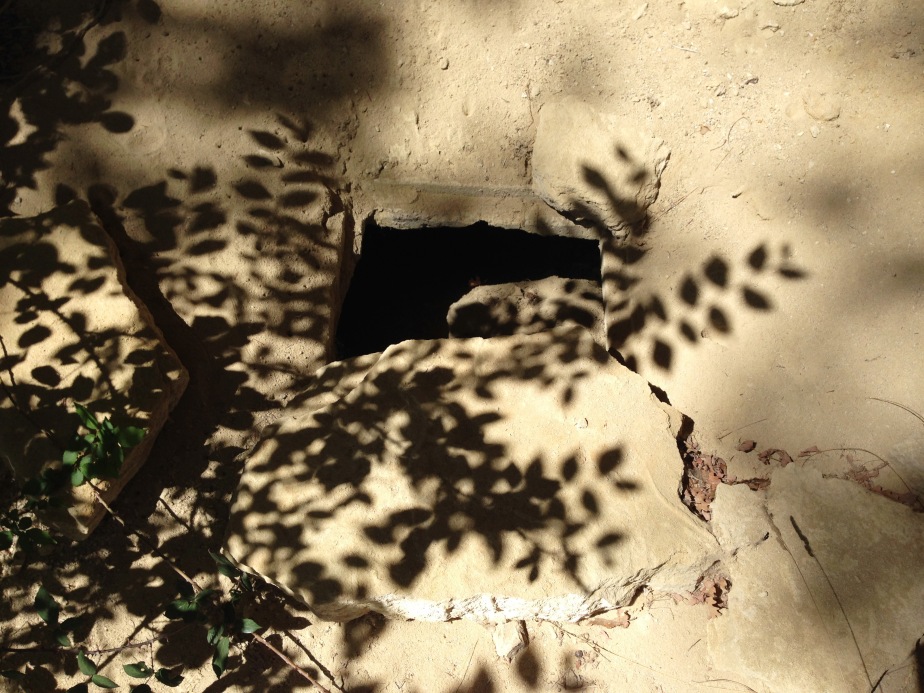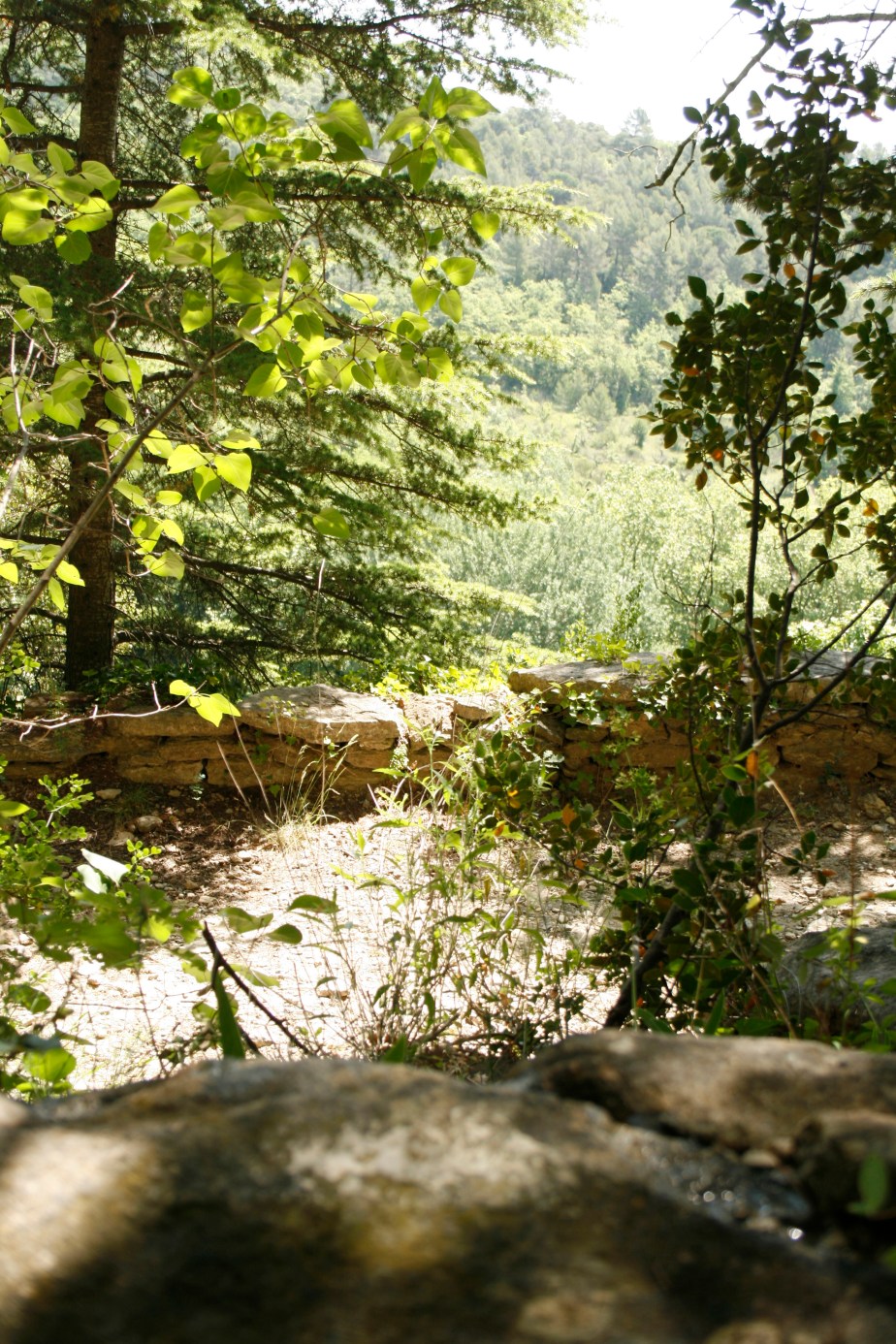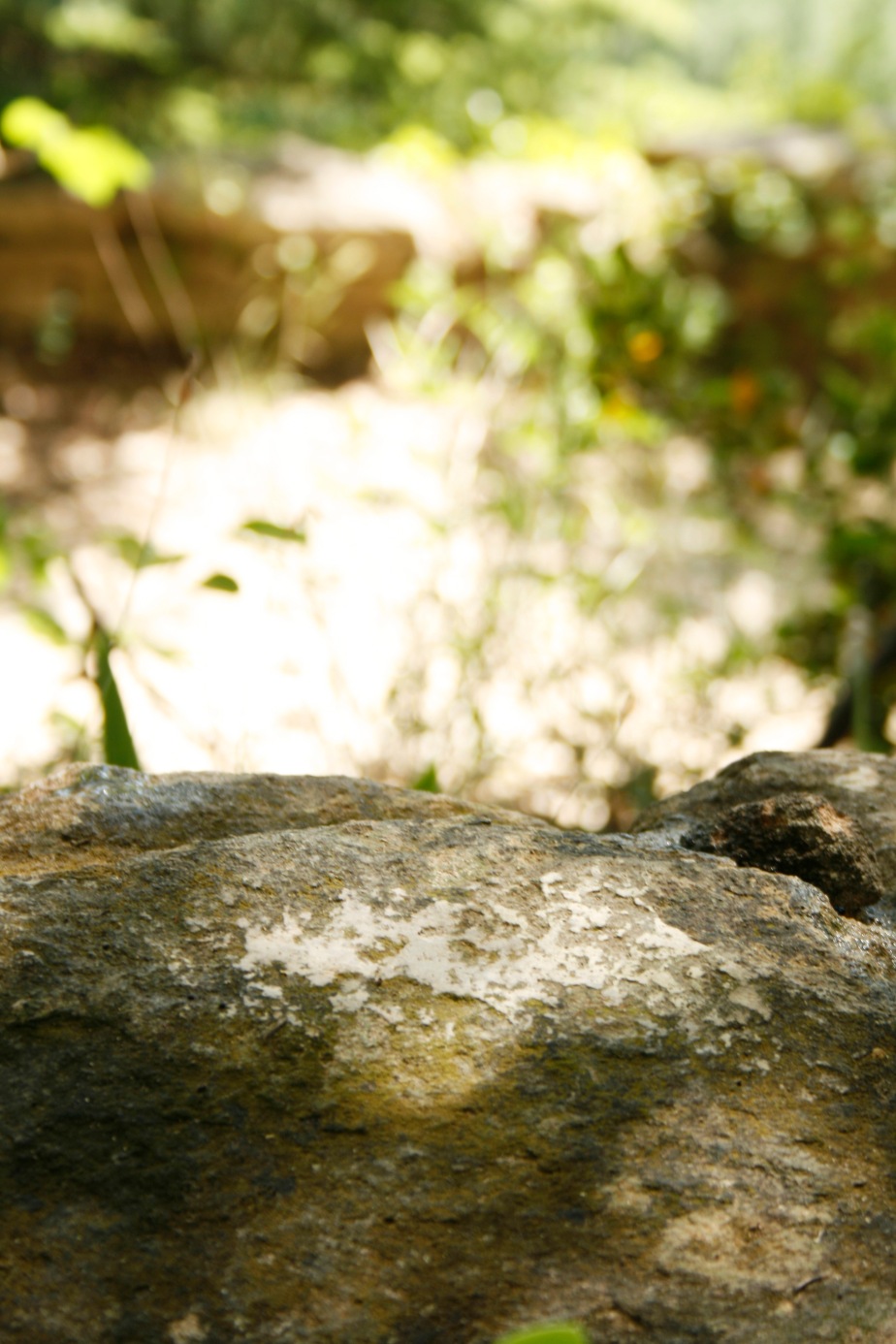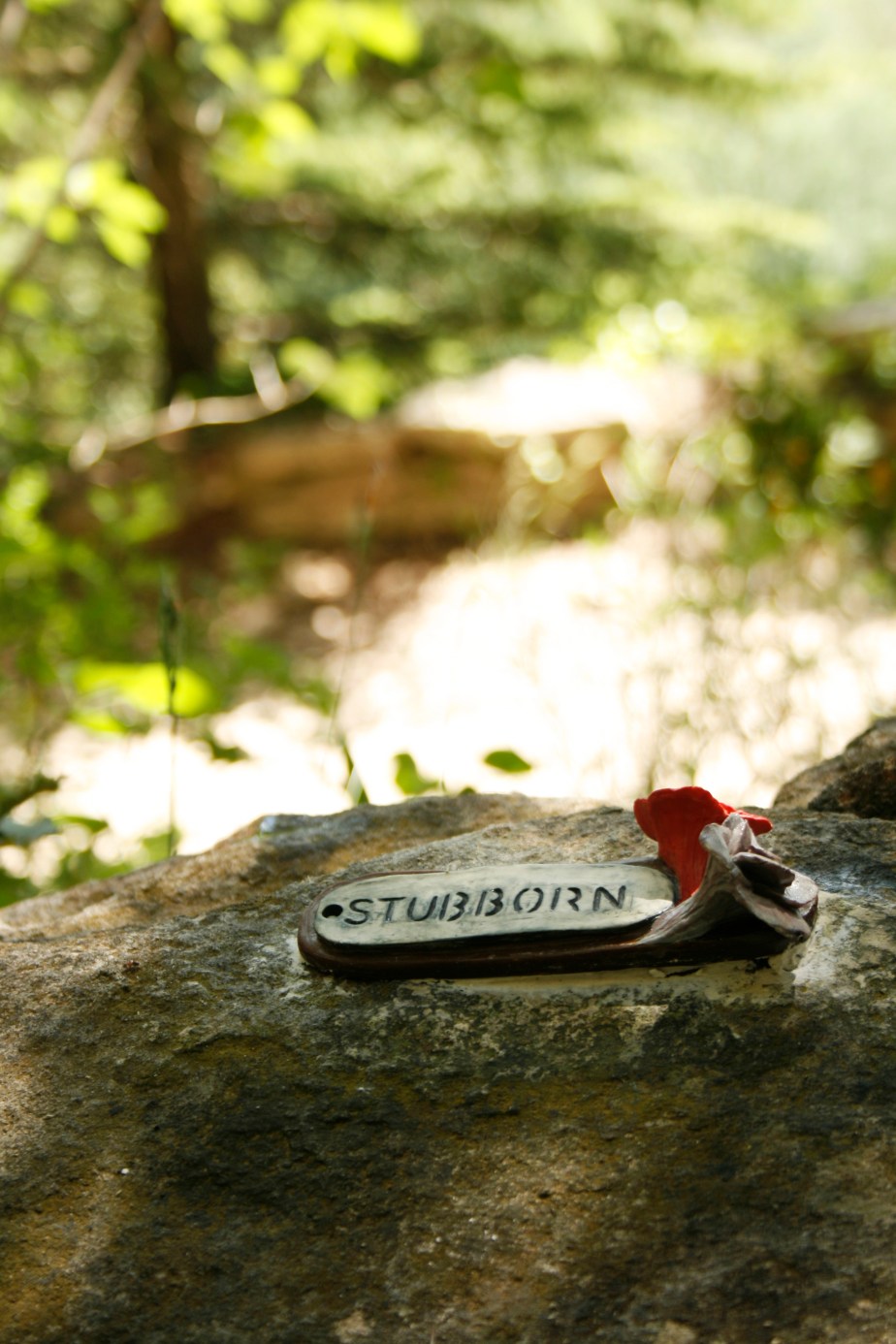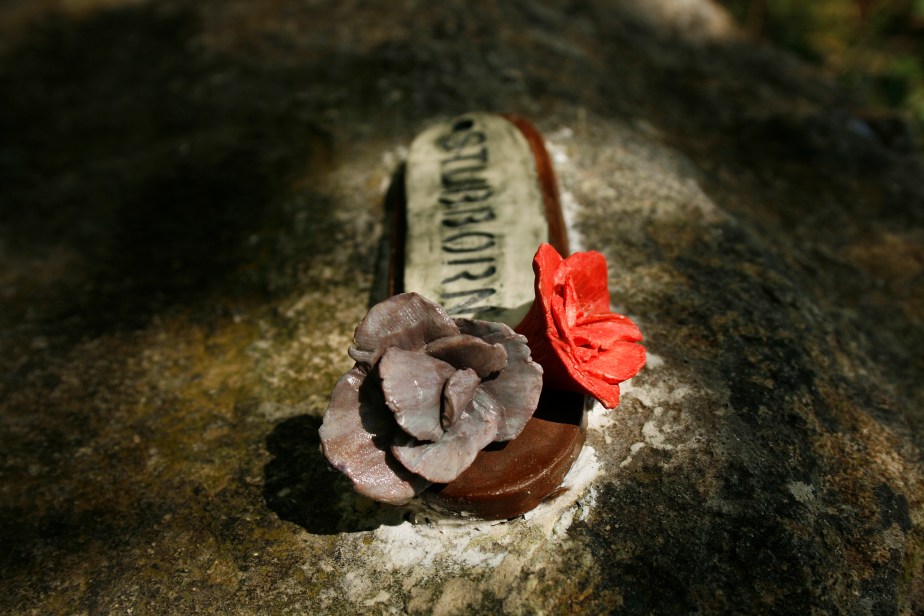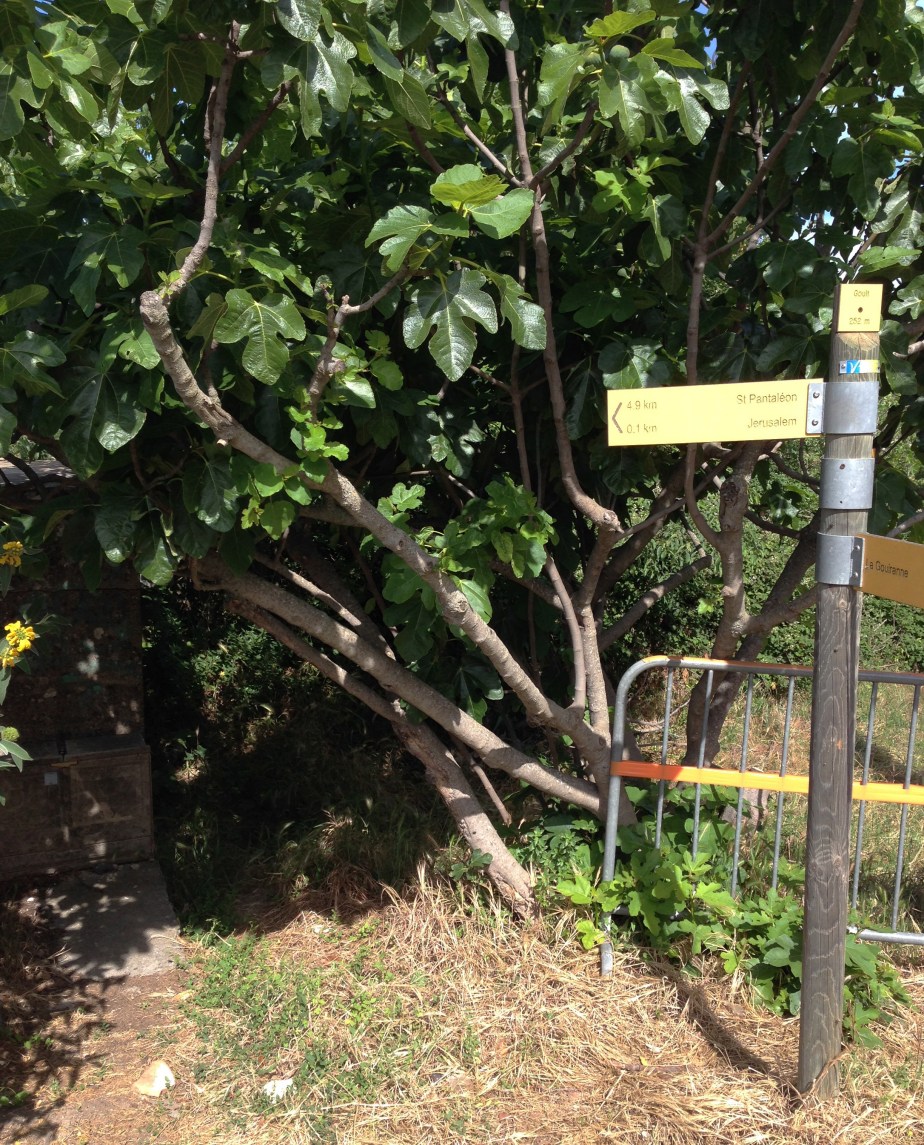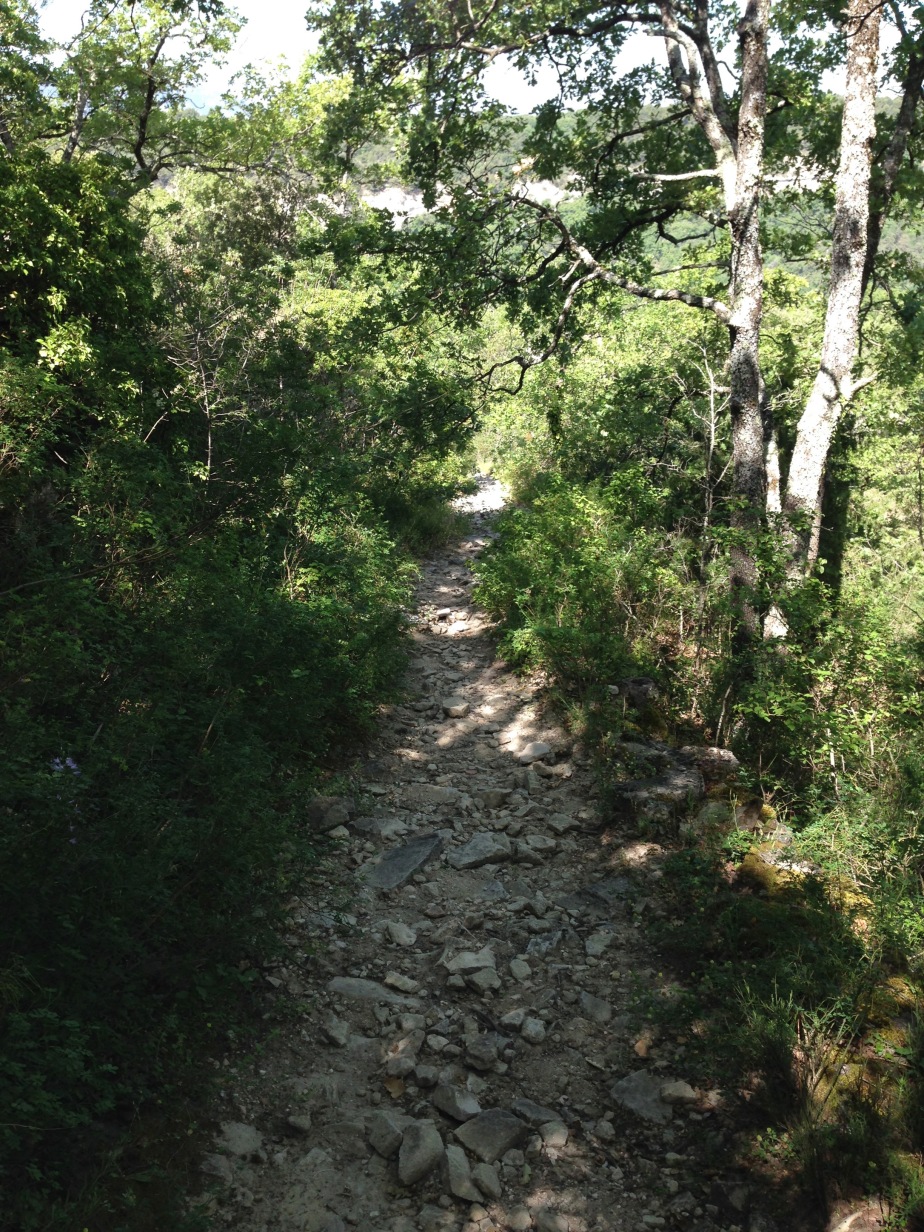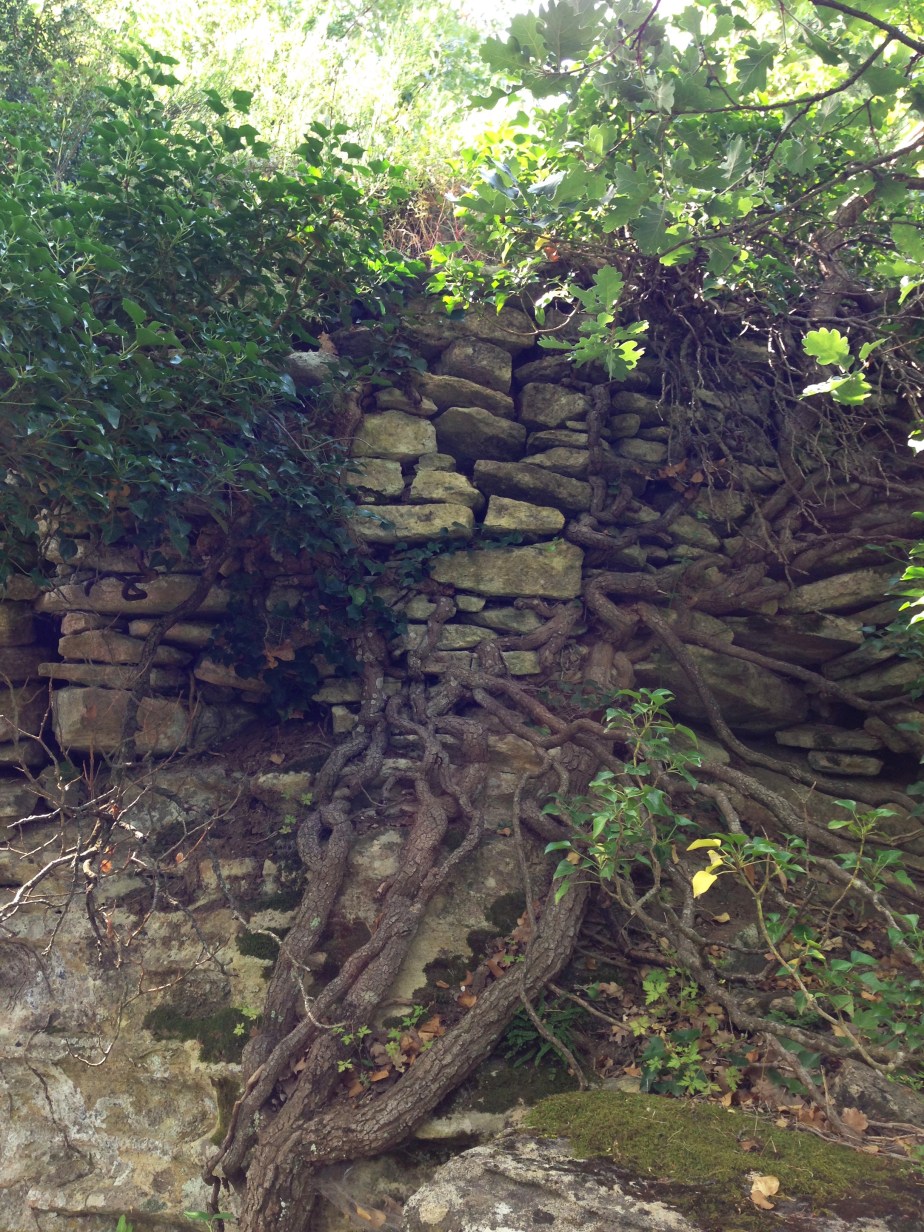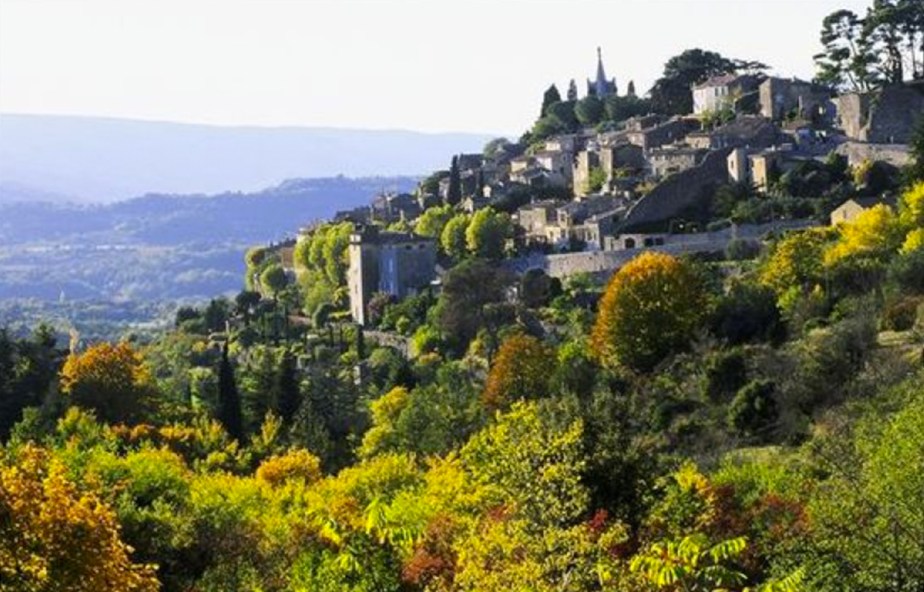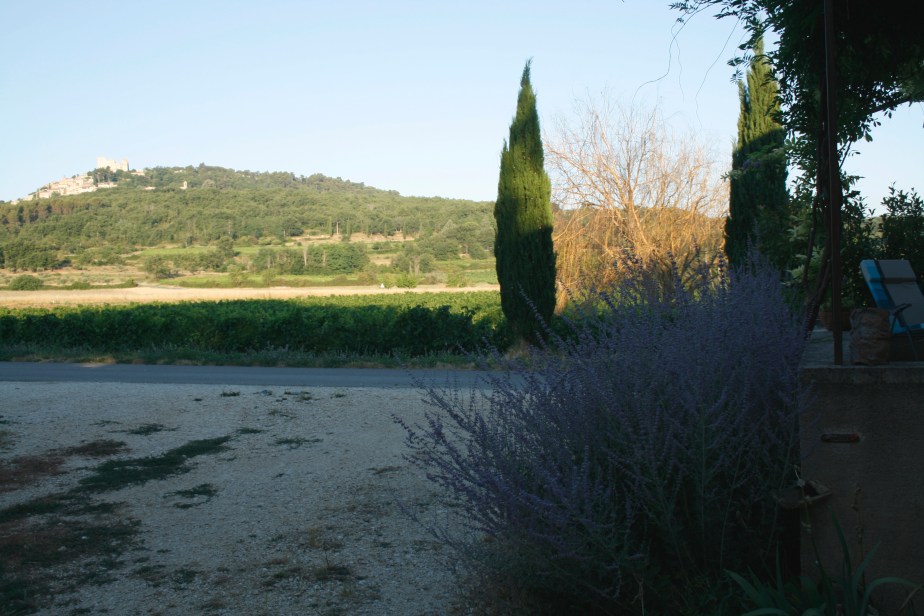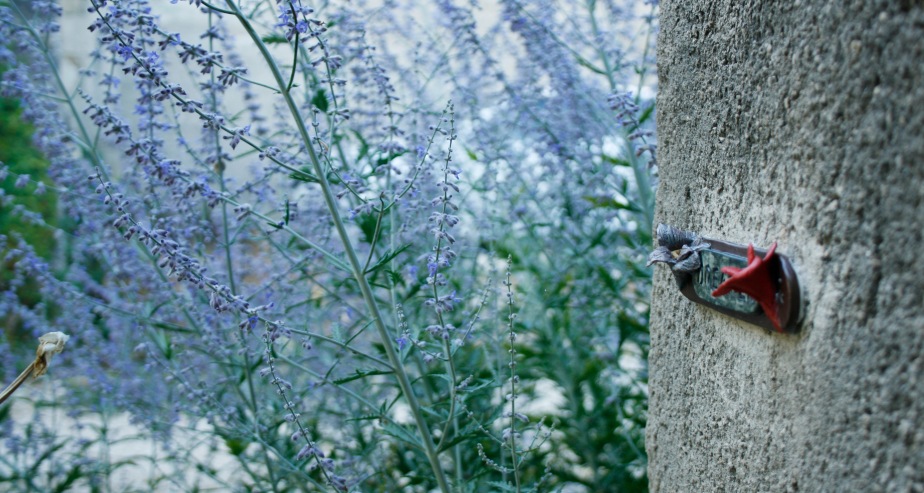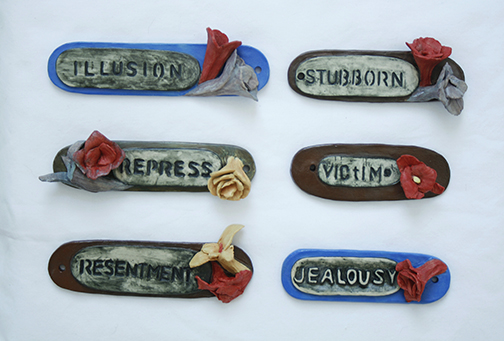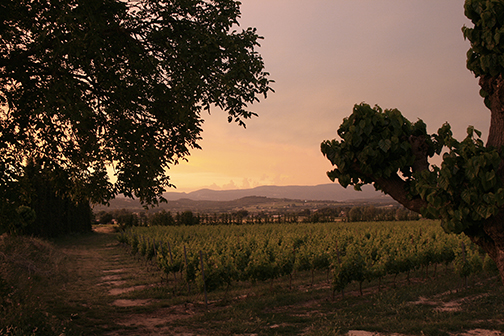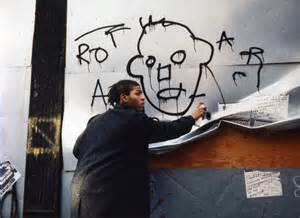At the Transcultural Exchange Conference in Boston last year I attended an amazing 45 minute workshop on marketing art.
Note: In case you are interested, here is a link to the conference website:
http://transculturalexchange.org/2016-conference/overview.htm
I will never forget the words stated in that workshop:
“Blogs should seldom exceed 500 words.”
It is for this reason that I will forego summarizing my IMofCollective project in every blog post. For those of you who are discovering the project for the first time and are wondering what it’s all about, just scroll down to my previous entry.
And now…back to business.
So, I am en route, returning to the village of Goult from whence I commenced this not-so-long-yet-massively-transitional hike to the chapel, on the hill above the Monastery of Lumieres, France.
I have successfully installed my “Stubborn” memorial plaque, pictured here:
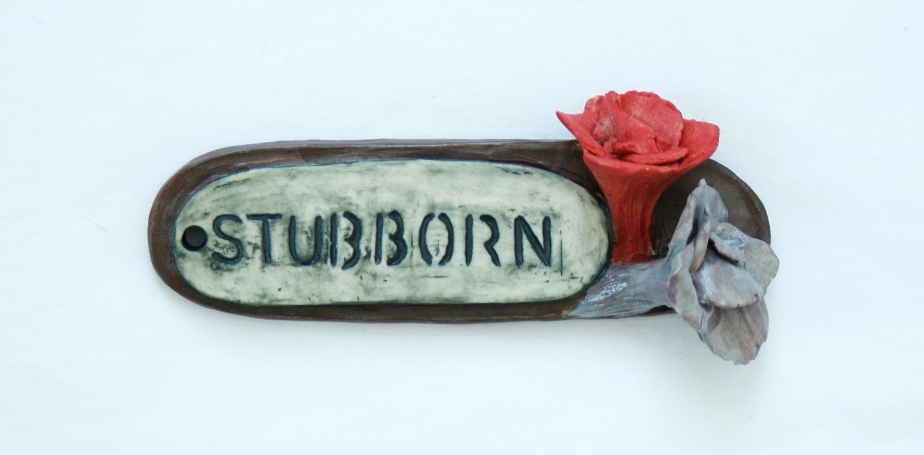
I am returning to the first location scouted, somewhere on the old chemin d’ecole (school path) up the Goult hill.
I pant my way uphill, under the weight of a full backpack (note to self: “next time don’t bring the ENTIRE container of cement”). I’m hoping that the afternoon heat has dried the cement base I prepared earlier. Without it I will not have a flat surface on which to adhere my next plaque.
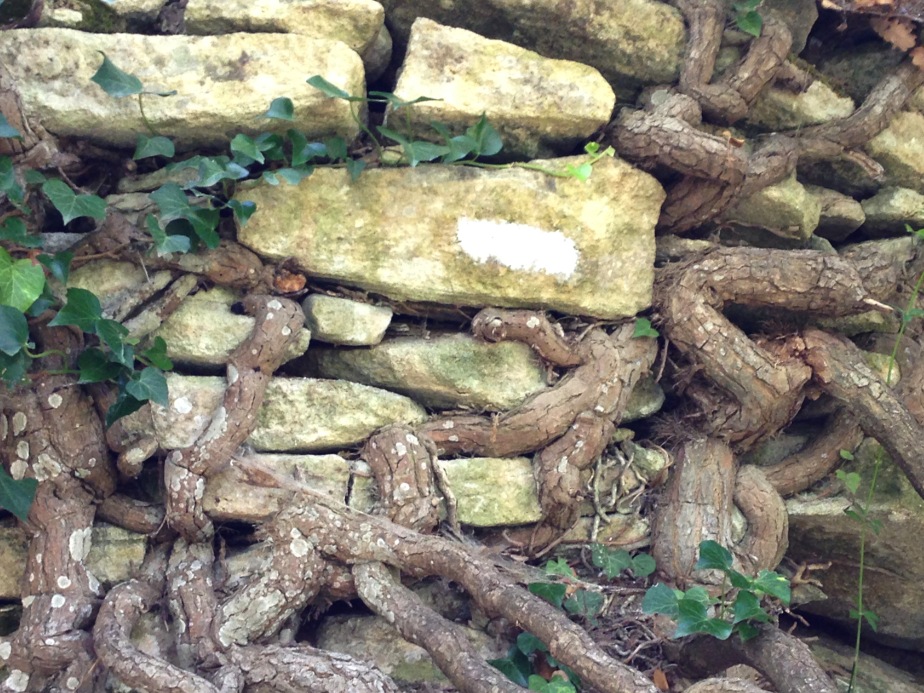
I find the spot. The cement is still damp, but usable. I begin to prep the plaque pictured here:
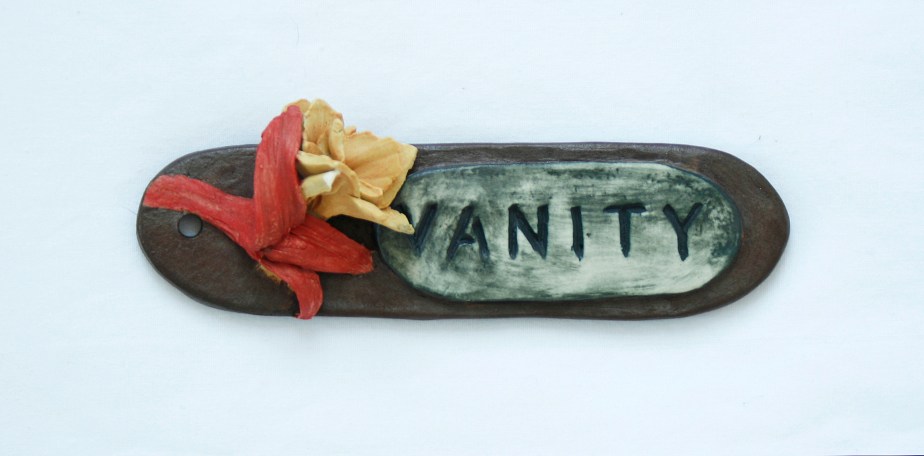
I’m getting better at applying the material, and (this being my third try) handling the plaque is a less clumsy endeavor. Nevertheless, the surface of the stone wall is too vertical. The piece won’t grip. Right now, the dry Provence climate is working against me and the cement on the back of the plaque is drying too quickly. I am scrabbling to leap over the giant gap in my learning curve. I’m going to have to come up with a better way to install on vertical surfaces…next time.
Desperately, I scan the rock walls around me, thinking,
“Please Goult, my dear old friend, can you provide me a special spot, right here, right now, where this plaque can make its home?”
As the prayer emerges from my minds eye, a humble rock immediately whispers to me
“Choose me. I may seem plain, but I promise that I will surprise you.”
No time to ask questions. I wipe down the surface and lay down the “vanity” plaque.
As I step back to look at it I smile at the paradox of choosing such a modest location for “vanity” instead of the throne I had originally primed. Go figure.
Could this be natures’ way of laughing at my presumption that a strong word deserves a spot in the limelight? By installing “vanity” in a nondescript place, am I disempowering its role in my psyche?
Yet, when I look at the photo below, I am struck by the discourse happening between “vanity” and the nature enveloping it. There is so much color and personality in their partnership. In this light, vanity, though humbled has its rightful place within the ferment of life.
